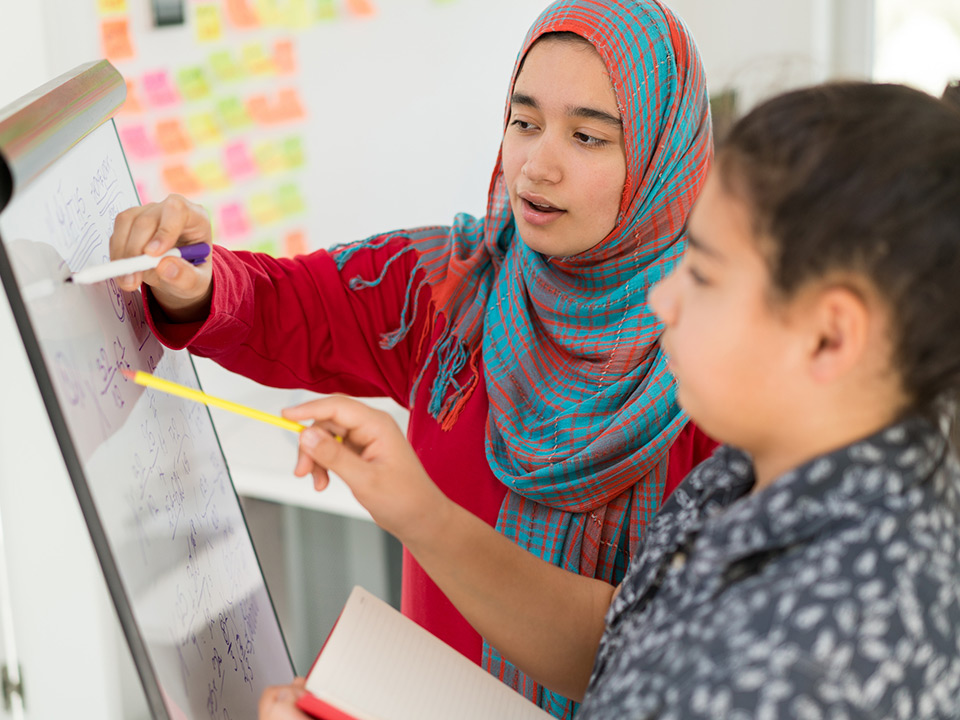
Our mathematical methods bridging program can help you meet the requirements to undertake tertiary-level studies.
Successfully completing the program will:
- provide you with the assumed knowledge in mathematical methods for QUT courses
- meet the maths prerequisite for courses in education.
This program may also meet assumed knowledge or prerequisites for other institutions.
For the assumed knowledge or prerequisite subjects for QUT courses, check our guide for assumed knowledge.
Who should participate?
This program is for students who need to meet mathematical methods prerequisites or assumed knowledge for their university studies.
If you're studying this program in the summer semester, we recommend that you don't study another bridging program at the same time, as the workload can be heavy.

Registrations
Registration for Semester 1, 2025 is open.
To register your interest for future programs, email the bridging programs team at bridging@qut.edu.au
Program information
When
Semester 1, 2025
- Start date
- 25 February 2025
- Program end and exam date
- 29 May 2025 and 3 June 2025 respectively
- Class days and times
- Tuesday and Thursday, 5-8pm. There will be a break from 14-18 April.
- Registration closing date
- 18 February 2025
Semester 2, 2025
- Start date
- 24 June 2025
- Program end and exam date
- 25 September 2025 and 30 September 2025 respectively
- Class days and times
- Tuesday and Thursday, 5-8pm. There will be a break from 11-15 August.
- Registration closing date
- 17 June 2025
Where
Classes will be held at our Kelvin Grove campus.
Room details will be confirmed closer to the program start date.
Delivery details
This program is only delivered on campus.
Need more information?
For more information on the course, including registration and payment, contact our bridging programs team.